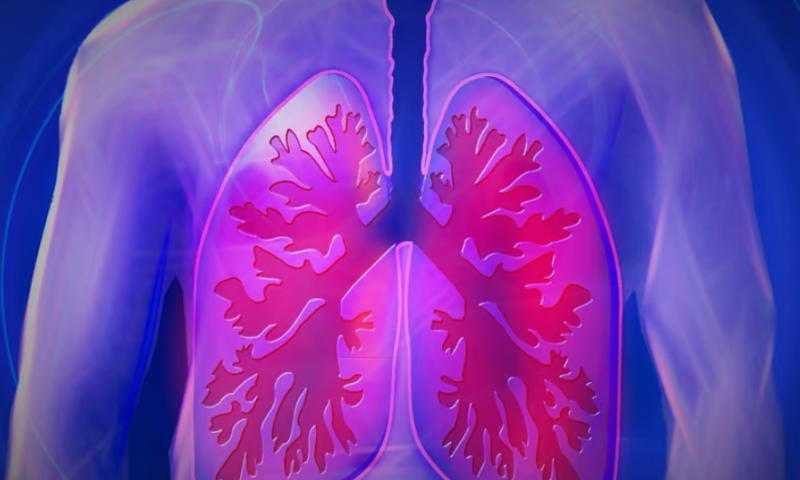A common treatment for the breathlessness experienced by many people with chronic obstructive pulmonary disease (COPD) relies on the use of a positive-expiratory pressure (PEP) device, which sends pressure back into the airflow when a user breathes into the device, helping keep already narrow airways from collapsing during exhales.
Though helpful, many of the PEP devices currently available are somewhat bulky and have to be held while being used. Aiming to fill that gap in the market with a more easily portable version of the technology is PEP Buddy, a startup founded by two professors from the University of Cincinnati’s College of Medicine and backed by the university’s Venture Lab.
A study published in the journal Respiratory Care this month found that PEP Buddy’s eponymous device not only significantly improved COPD patients’ breathlessness caused by physical activity, but did so to an extent not previously recorded by other mechanical breathing aids, according to a university press release.
The PEP Buddy is worn on a lanyard around the neck for easy access during and after physical activity. Its small size—the triangular device is about the size of a whistle—means that it can be used hands-free, allowing COPD patients to continue walking or performing other day-to-day tasks without the awkwardness of holding a larger device.
The study recruited 32 patients with COPD. To set a baseline, they each performed two six-minute walk tests, one with the use of the device as needed and one without, then answered two questionnaires about their shortness of breath and quality of life.
For the next two weeks, the participants were asked to use the PEP Buddy devices throughout their regular lives. When they returned for follow-up testing after that period, nearly 72% showed “significant” improvement in both criteria.
Additionally, when comparing the before and after test results, the researchers found that of the 14 participants who had originally shown noticeable drops in their blood oxygen levels during physical exertion, five saw those decreases shrink after using PEP Buddy. That cohort brought up their collective minimum oxygen saturation levels from 81.4% to 92.4%.
One study participant with chronic lung disease and airflow obstruction said in the university release that she can now “breathe better” throughout the day after using the device—which she said has been dubbed her “magic whistle.”
Despite the promising results, the device’s makers have noted that larger studies are needed to further prove the PEP Buddy’s abilities. They also suggested that further studies could recruit a wider range of COPD patients to help pinpoint which phenotypes of the disease are most likely to respond to the device’s breathing help.
Meanwhile, as Muhammad Ahsan Zafar, M.D., one of the startup’s founders, noted in the release, a lengthier study of the tech could highlight whether its use helps cut down on COPD patients’ use of rescue inhalers and visits to the emergency room and improves their symptoms and functional capacity in the longer term.
In the meantime, the device is already available for purchase from PEP Buddy’s website for $25. It comes in two models—with either three or four holes, depending on the amount of back pressure needed—and a case and lanyard are included.

